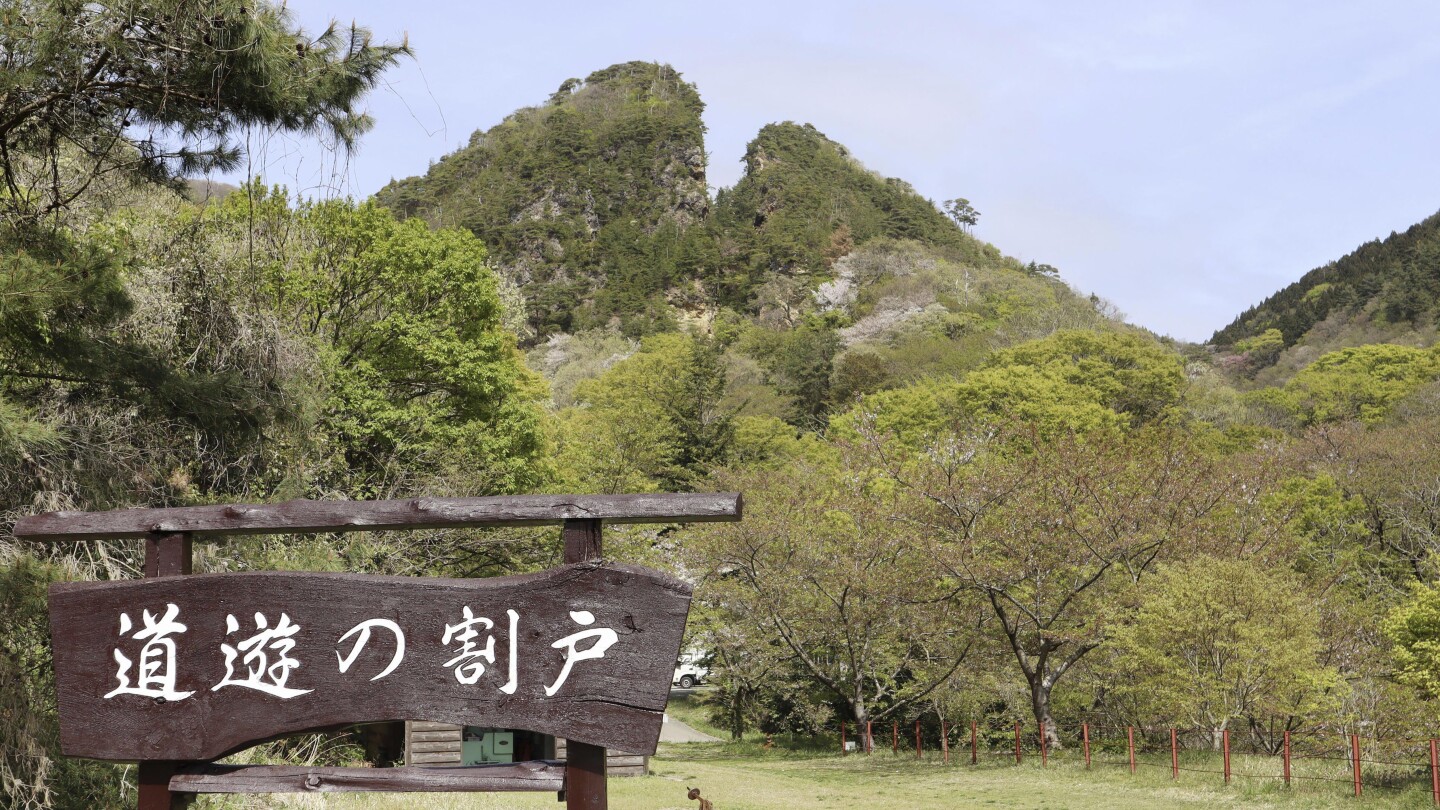TOKYO (AP) — The UNESCO World Heritage committee on Saturday decided to register Japan’s controversial Sado gold mine as a cultural heritage site after the country agreed to include it in an exhibit of its dark history of abusing Korean laborers during World War II.
The decision signals an improvement in ties between Tokyo and Seoul.
The mine on an island off the coast of Niigata in northern Japan operated for nearly 400 years and was once the world’s largest gold producer before closing in 1989. It was also linked to Japan’s wartime abuse of Korean laborers.
Committee members, including South Korea, gave unanimous support to the listing at Saturday’s annual meeting in New Delhi, India. They said Japan provided additional information, made all necessary amendments to the plan and consulted with South Korea over the mine’s wartime history.
The Japanese delegate told the meeting that Japan has installed new exhibition material “to explain the severe conditions of (Korean laborers’) work and remember their hardship.”
Japan acknowledged that Koreans were put to more dangerous tasks in the mine shaft, which caused some to die. Many of them were also given meager food rations and nearly no days off.



From the article and text body it explains that they already have, and also